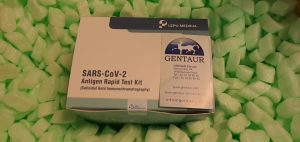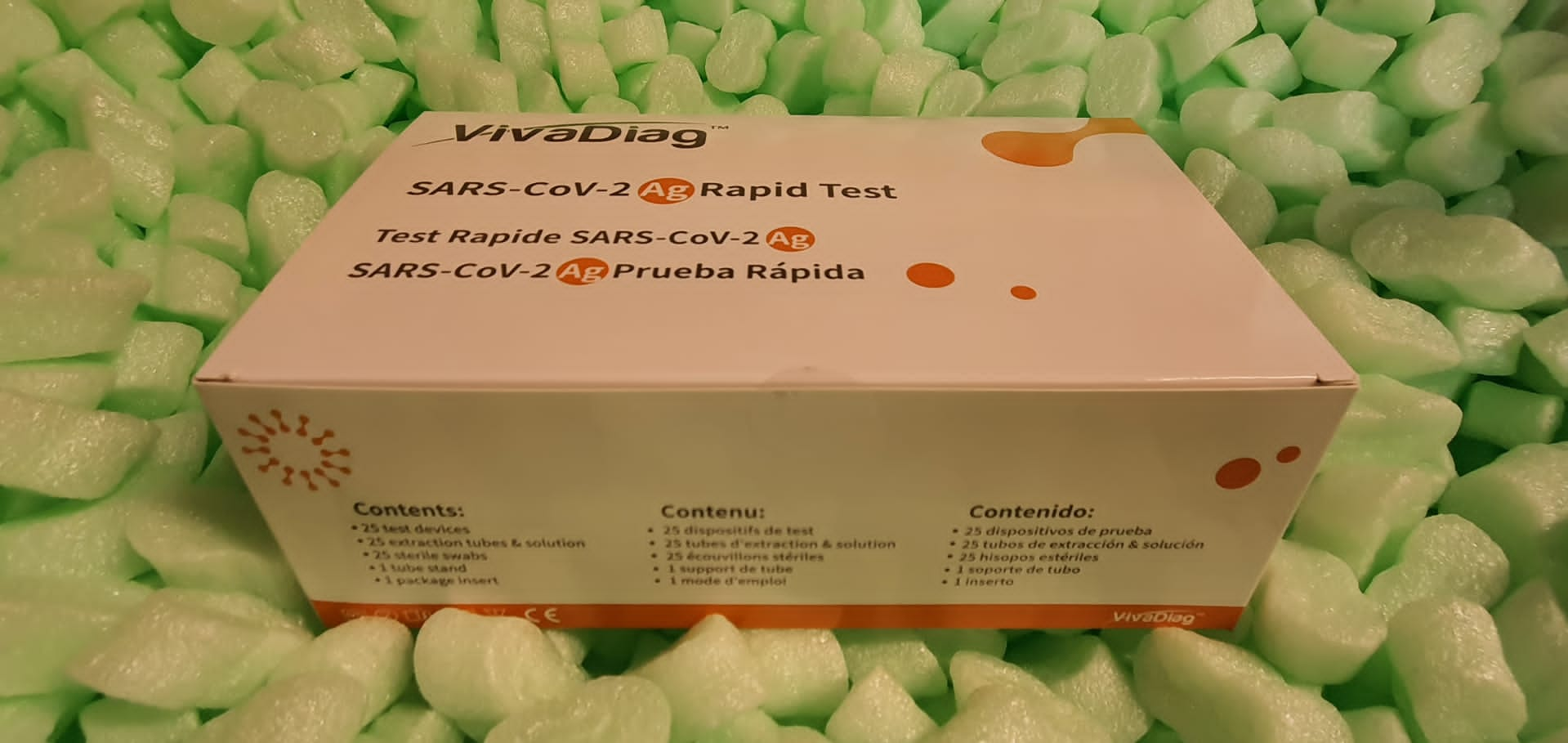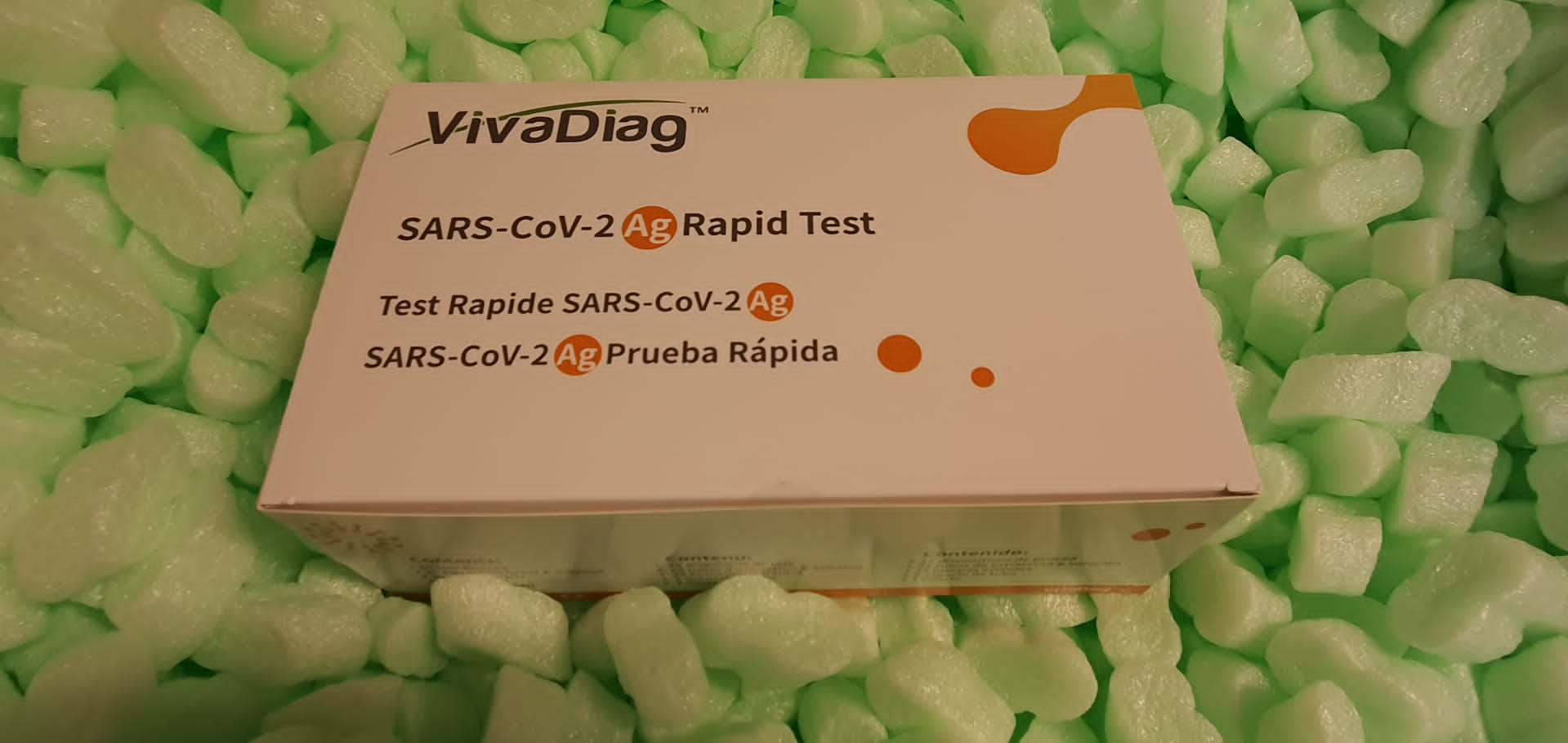Efficient evaluation of pathogen development can facilitate screening for illness resistance, mapping of resistance loci, testing efficacy of management measures, or elucidation of basic host-pathogen interactions. Present strategies are sometimes restricted by subjective assessments, lack of ability to detect pathogen development previous to look of signs, damaging sampling, or restricted capability for replication and quantitative evaluation. On this work we sought to develop a real-time, in vivo, high-throughput assay that may enable for quantification of pathogen development. To ascertain such a system, we labored with the broad host-range, extremely damaging, soil-borne oomycete pathogen, Phytophthora capsici.
We used an isolate expressing purple fluorescence protein (RFP) to determine a microtiter plate, real-time assay to quantify pathogen development in reside tissue. The system was efficiently used to watch P. capsici development in planta on cucumber (Cucumis sativus) fruit and pepper (Capsicum annuum) leaf samples in relation to totally different ranges of host susceptibility. These outcomes exhibit usefulness of the tactic in several species and tissue varieties, permitting for extremely replicated, quantitative time-course measurements of pathogen development in vivo. Analyses of pathogen development throughout preliminary levels of an infection previous symptom growth present the significance of very early levels of an infection in figuring out illness end result, and supply perception into factors of inhibition of pathogen development in several resistance programs.
Globally, plant-soil feedbacks are weak predictors of plant abundance
Plant-soil feedbacks (PSFs) have been proven to strongly have an effect on plant efficiency beneath managed circumstances, and PSFs are thought to have far reaching penalties for plant inhabitants dynamics and the structuring of plant communities. Nonetheless, to this point the connection between PSF and plant species abundance within the subject is just not constant. Right here, we synthesize PSF experiments from tropical forests to semiarid grasslands, and check for a constructive relationship between plant abundance within the subject and PSFs estimated from managed bioassays.
We meta-analyzed outcomes from 22 PSF experiments and located an general constructive correlation (0.12 ≤ r ¯ ≤ 0.32) between plant abundance within the subject and PSFs throughout plant useful varieties (herbaceous and woody crops) but additionally variation by plant useful sort. Thus, our evaluation gives quantitative assist that plant abundance has a common albeit weak constructive relationship with PSFs throughout ecosystems. Total, our outcomes recommend that dangerous soil biota are likely to accumulate round and disproportionately impression species which are uncommon.
Nonetheless, information for the herbaceous species, that are most typical within the literature, had no important abundance-PSFs relationship. Subsequently, we conclude that additional work is required inside and throughout biomes, succession levels and plant varieties, each beneath managed and subject circumstances, whereas separating PSF results from different drivers (e.g., herbivory, competitors, disturbance) of plant abundance to tease aside the function of soil biota in inflicting patterns of plant rarity versus commonness.

Improvement of novel bioassays to detect soluble and aggregated Huntingtin proteins on three expertise platforms
Huntington’s illness is attributable to a CAG / polyglutamine repeat enlargement. Mutated CAG repeats endure somatic instability, leading to tracts of a number of hundred CAGs within the mind; and genetic modifiers of Huntington’s illness have indicated that somatic instability is a significant driver of age of onset and illness development. Because the CAG repeat expands, the chance that exon 1 doesn’t splice to exon 2 will increase, leading to two transcripts that encode full-length huntingtin protein, in addition to the extremely pathogenic and aggregation-prone exon 1 huntingtin protein. A number of novel aggregation assays had been additionally developed that observe with illness development.
Methods that focus on the huntingtin gene or transcripts are a significant focus of therapeutic growth. It’s important that the degrees of all isoforms of huntingtin protein will be tracked, to raised perceive the molecular pathogenesis, and to evaluate the impression of huntingtin protein-lowering approaches in preclinical research and scientific trials. Huntingtin protein bioassays for soluble and aggregated types of huntingtin protein are in widespread use on the homogeneous time-resolved fluorescence and Meso Scale Discovery platforms, however these don’t distinguish between exon 1 huntingtin protein and full-length huntingtin protein.
As well as, they’re often used to quantify huntingtin protein ranges within the context of extremely expanded polyglutamine tracts, for which applicable protein requirements don’t at present exist. Right here, we got down to develop novel huntingtin protein bioassays to make sure that all soluble huntingtin protein isoforms could possibly be distinguished. We utilized the zQ175 Huntington’s illness mouse mannequin that has ∼190 CAGs, a CAG repeat measurement for which protein requirements are usually not accessible. Initially, 30 mixtures of six antibodies had been examined on three expertise platforms: homogeneous time-resolved fluorescence, amplified luminescent proximity homogeneous assay and Meso Scale Discovery, and a triage technique was employed to pick the most effective assays.
[Linking template=”default” type=”products” search=”Helicobacter pylori IgA quantitative recombinant antigens” header=”3″ limit=”157″ start=”3″ showCatalogNumber=”true” showSize=”true” showSupplier=”true” showPrice=”true” showDescription=”true” showAdditionalInformation=”true” showImage=”true” showSchemaMarkup=”true” imageWidth=”” imageHeight=””]
We discovered that, and not using a polyglutamine-length-matched customary, the overwhelming majority of soluble mutant huntingtin protein assays can’t be used for quantitative functions, because the extremely expanded polyglutamine tract decreased assay efficiency. The mix of our novel assays, with these already in existence, gives a tool-kit to trace: complete soluble mutant huntingtin protein, soluble exon 1 huntingtin protein, soluble mutant huntingtin protein (excluding the exon 1 huntingtin protein) and complete soluble full-length huntingtin protein (mutant and wild sort). These chosen assays can be utilized to match the degrees of huntingtin protein isoforms in all kinds of mouse fashions of Huntington’s illness and to find out how these change in response to genetic or therapeutic manipulations.

